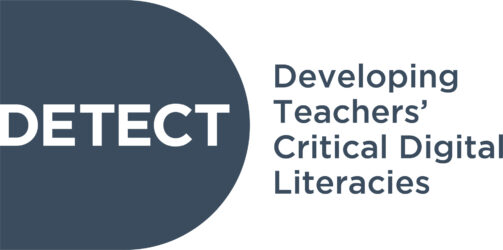This resource contains a full activity aimed at exploring a dimension of the Critical Digital Literacies Framework: Digital well-being and safety. The aim of the activities embedded in this learning object are to develop teachers’ understanding of the main problems of technology usage around the CDL subdimension Online Safety and empowerment process for the secondary school level.
- Digital well-being and safety, Online safety, digital safety, online communication, social media, cyberbullying, discrimination, online saftey environment
- text | audio | image
- video: youtube text: documents, articles image: pictures
- H5p
- Juliana Raffaghelli and Dèlia Español
- Attribution – Share Alike (CC BY-SA)
- Indicate the pedagogical/teaching methods characterizing the unit (you may indicate more than one technique) □ Direct teaching (e.g. teacher giving a lecture to introduce key concepts) □ Modeling (e.g. thinking aloud technique based on teacher shaping conceptual reasoning) □ Discussion (e.g. students engaged in an open debate on a certain topic) □ Group work (e.g., students working in small group to pursue a common objective) □ Role play/Simulation (e.g. students interpreting a role in a given situation) □ Project work (e.g., students working in small group to develop a project) X Problem finding/solving (e.g., students discovering problems and/or exploring possible solutions) X Brainstorming (e.g. students engaged in process of generation of ideas) X Case study (e.g. students involved in case analysis)
- pecify the (self-)evaluation strategy to assess learning results (you may indicate more than one technique) □ Formative evaluation (i.e. feedback provided during the process) □ Final evaluation (e.g. using a rubric to evaluate students’ final media products) X Self-evaluation (e.g. students self-evaluate their products) □ Peer evaluation (e.g. mutual evaluation among students)

